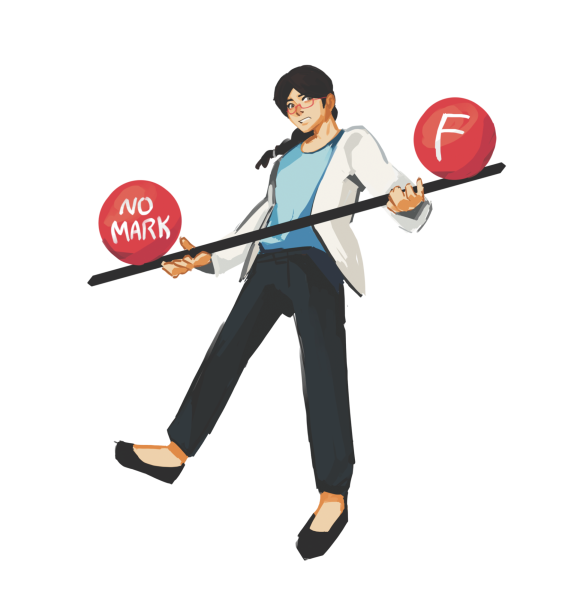Oculus VR will release Rift
The gaming headset brings Oculus users into a new virtual world
Within the next year, virtual reality technology company Oculus VR intends to release the highly-anticipated Oculus Rift, a gaming headset that claims to bring users closer to reality in a virtual world experience than ever before.
Oculus Rift is an innovative technology that employs positional tracking to track users’ head positions, a low persistence display to eliminate motion blur, a stereoscopic 3D view and a wide field of view to allow a more immersive video game experience for all gamers.
Oculus VR’s chief technology officer John Carmack recently attended a developer conference in Los Angeles and displayed the latest version of the Rift. While it is clear that serious technological challenges and obstacles remain for the new headset, Oculus VR is still evidently the closest company to producing a software that consumers can use to explore computer-generated, virtual environments in a new and unprecedented way that can make computer-generated worlds appear increasingly realistic.
Carmack is excited for the release of the Rift and hopes that Virtual Reality in general will become more widespread as a new technology.
“I believe that [virtual realty] will have a huge impact in the coming years, but everyone working today is a pioneer,” Carmack said on Oculus VR’s website. “The paradigms that everyone will take for granted in the future are being figured out today; probably by people reading this message. [The Rift] certainly [is] not there yet. There is a lot more work to do, and there are problems we don’t even know about that will need to be solved, but I am eager to work on them.”
Junior Elias Fedel looks forward to the release of the innovative Oculus Rift and is optimistic about the changes it will bring into the industries of gaming and technology.
“I love playing video games, and they’re really ingrained into my routine,” Fedel said. “I think that the Rift and VR [Virtual Reality] itself will dramatically shake up the game industry and present a new platform for developers to work with. I think that users can literally be the player and can step into the game by using the Rift.”
Despite the excitement that users have for this product, Carmack has highlighted some of the issues with the Rift, addressing that many people who have tested the product have experienced motion sickness and that some technologies have not been fully developed in the Rift’s software, such as the possibility of tracking hand movements to bring users even closer into the virtual picture.
Even with the Oculus Rift’s new capabilities, some students believe that the new technology is not worth the hype that the product is getting.
“I think that the concept is really neat, and how you can get placed in a virtual world is awesome, but why do that when you can live out most of those visions in real life?” sophomore Timothy Liu said. “After all, it’s just a first person view of situations that someone can likely venture out and conduct on their own. I don’t think it’s worth the money.”
The attention that the Oculus Rift has brought into the technology world has not been ignored by tech giant Facebook, which acquired Oculus VR in return for $2 billion in cash and Facebook stocks. Furthermore, the Rift is not the only product in the Virtual Reality industry, as Samsung has collaborated with Oculus VR, using software from the company in order to produce the Gear VR, a phone and headset that will cost over $1,000. Other products like the Morpheus, produced by Sony with a partnership with NASA, are also being produced.
Although not every gamer plans on buying the Rift once it is released, Oculus VR is definitely the closest company to reaching the virtual reality that many gamers hope will one day exist in all games.
“I think Oculus has finally gotten it right, as seen by people’s reactions to using the Rift,” Fedel said. “I hope it becomes successful, and I hope that the technology of [Virtual Reality] becomes an attainable reality.”
Your donation will support the student journalists of Palo Alto High School's newspaper












